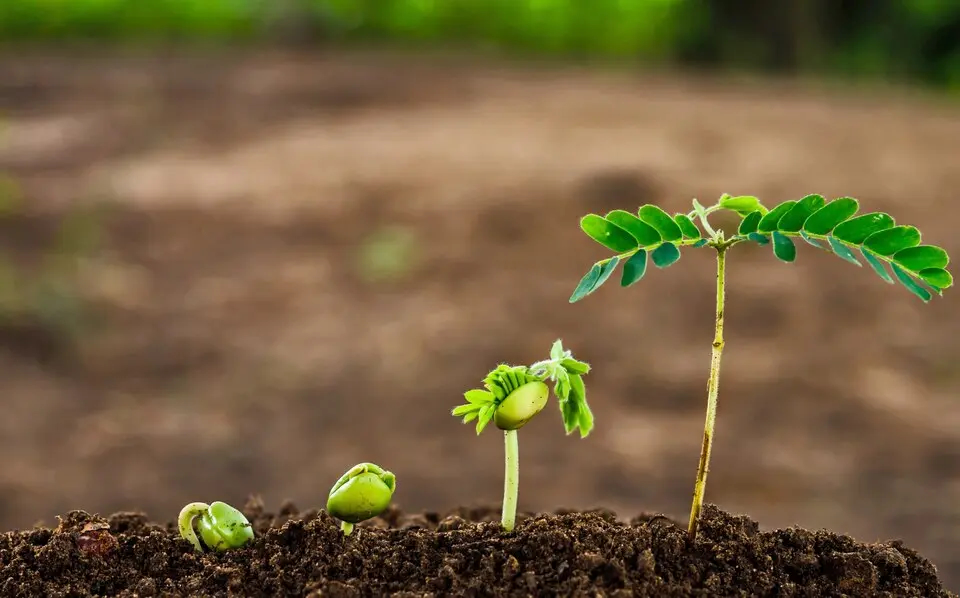For optimal crop productivity and long-term soil health, fertilization should be tailored to each stage of plant growth. When applied correctly, organic fertilizers not only nourish the plant but also improve soil structure, boost root development, and enhance plant immunity—all in a natural, sustainable way.

Here’s a recommended organic fertilization schedule based on key plant growth phases:
🧱 1. Soil Preparation (Pre-Planting)
- Goal: Enrich soil, improve structure, and build beneficial microbial populations
- Recommended inputs:
- Fully decomposed compost, farmyard manure
- Humic acid
- Microbial soil conditioners
📌 Tip: Incorporate organics into the soil 7–15 days before sowing or transplanting for better breakdown and nutrient availability.
🌱 2. Germination / Seedling Stage
- Goal: Strengthen early root development and boost seedling vigor
- Recommended inputs:
- Liquid organic fertilizers high in nitrogen and amino acids
- Light microbial root inoculants
📌 Tip: Use foliar sprays or light root drenches to avoid stressing tender roots.
🍃 3. Vegetative Growth Stage (Leaf & Shoot Development)
- Goal: Promote rapid leaf, shoot, and root development
- Recommended inputs:
- Humic and fulvic acids
- Microbial products (e.g., Bacillus, Trichoderma)
- Balanced liquid organic fertilizers with macro and micronutrients
📌 Tip: Combine soil application and foliar feeding every 7–10 days for best results.
🌸 4. Flowering & Fruit Set Stage
- Goal: Support flower formation and maximize fruit set
- Recommended inputs:
- Organic fertilizers rich in phosphorus (P) and potassium (K)
- Seaweed extracts, vermiwash, or bio-stimulants
📌 Tip: Apply early in the morning or late afternoon to prevent flower shock.
🍎 5. Fruit Maturation & Ripening Stage
- Goal: Provide steady nutrition and improve fruit quality
- Recommended inputs:
- Slow-release organics like compost pellets or potassium-rich compost
- Secondary nutrients like calcium (Ca), magnesium (Mg), boron (Bo) if needed
📌 Tip: Avoid high nitrogen inputs at this stage—they may delay ripening and reduce storage life.

✅ Conclusion
Following a stage-specific organic fertilization plan enhances plant development, maximizes fertilizer efficiency, and contributes to a more sustainable and productive farming system.
📩 Need crop-specific organic fertilization schedules for durian, tomato, rice, pepper, or others? Message us for tailored recommendations!